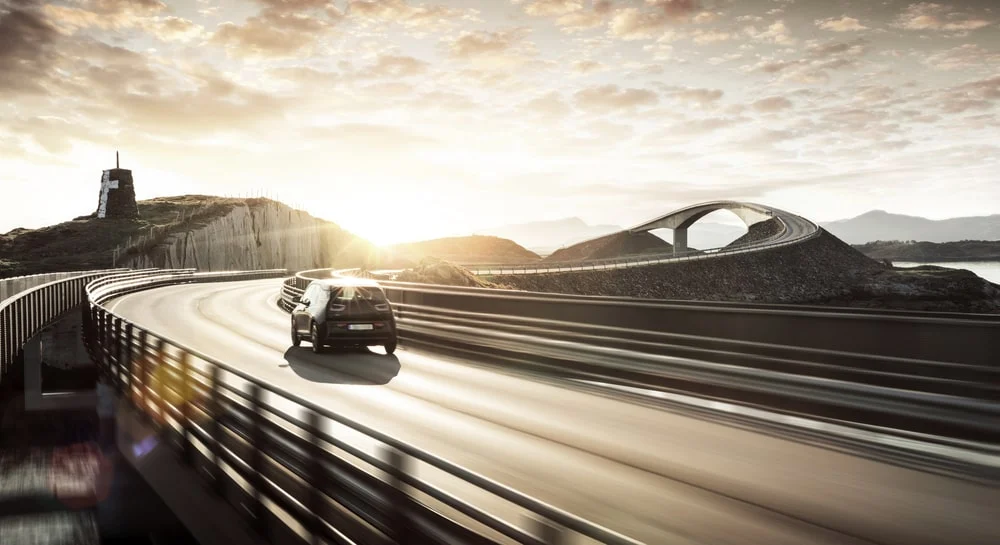Last updated on April 27, 2023 The history of electric vehicles can be divided into six key periods: Electric cars have a much longer history than many people realize. While modern EVs have gained momentum in recent years, the first prototypes were developed as early as the 1830s in countries like Hungary, the Netherlands, and the UK. The first practical electric vehicle is often credited to William Morrison from the United States in the 1890s. The development of modern electric vehicles began in the late 20th century, influenced by the 1973 Oil Crisis and growing environmental concerns. The introduction of the Toyota Prius in 1997 marked the start of the hybrid vehicle era, and by 2010, the mass-market Nissan Leaf signaled a new chapter for fully electric vehicles. Since then, the electric car market has experienced rapid growth. In 2022 alone, over 10 million electric vehicles were sold globally, making them one of the fastest-growing segments in the automotive industry. With governments around the world planning to phase out internal combustion engines, the future of electric mobility looks increasingly promising. The 1970s brought renewed attention to electric vehicles due to the oil crisis and growing environmental awareness. Automakers like General Motors experimented with electric prototypes, and NASA even used an electric lunar rover for space missions. Despite these efforts, electric vehicles still faced challenges such as limited range and high costs. However, the release of the Toyota Prius in 1997 marked a turning point. As a mass-produced hybrid, it helped pave the way for the next wave of electric vehicles. In 2003, two entrepreneurs, Martin Eberhard and Marc Tarpenning, founded Tesla Motors, which would later become a leader in the electric vehicle industry. Their vision led to the launch of the Tesla Roadster in 2008, a luxury electric sports car that demonstrated the potential of electric vehicles. Nissan followed with the launch of the all-electric Nissan Leaf in 2010, which became one of the best-selling EVs of its time. Advances in battery technology and declining costs helped make electric vehicles more attractive to consumers. From 2021 onward, electric vehicles have seen exponential growth. By 2022, there were over 26 million electric cars on the road worldwide, and sales hit a record 10.6 million. In some countries, like Norway, electric vehicles now make up nearly 80% of new car sales. This trend is expected to continue, with global automakers pledging to phase out internal combustion engines in the coming decades. According to the International Energy Agency, the number of electric vehicles is projected to reach 240 million by 2030. As we look ahead, the future of electric mobility appears very bright. Governments, businesses, and consumers are all playing a role in accelerating the transition to sustainable transportation. With ongoing improvements in battery technology, charging infrastructure, and policy support, electric vehicles are set to become the dominant form of personal and commercial transportation in the near future. Whether you're an early adopter or just starting to consider an electric car, the time is now to embrace the future of mobility. With more options, better performance, and a cleaner environment, the shift to electric vehicles is not just inevitable—it's already underway.
A series of thin metal plates parallel to each other and pressed with a distance column are stacked to form a plate air-Air Heat Exchanger. The main components are heat transfer plates, outer frame sealing plates, compression device and so on.
The plate adopts full welding seal, flue gas and air cross flow between the plate for heat exchange. It`s suitable for air preheating and waste heat recovery in steel, chemical, electric power, battery and other industries, especially suitable for ultra-high temperature air to air heat exchange field.
Tranp`s Plate Air-Air Heat Exchanger is especially suitable for heat exchange between gas medium with high corrosion, high dust and high humidity.
The surface of the heat exchange plate is smooth with strong self-cleaning ability, so it is easy to clean. And multiple process is available, which is customized for different working conditions. Besides, the processing capacity can be as low as ten, but also as high as thousand CBM, therefore it`s widely used in waste heat recovery. What is more, the plate adopts advanced welding equipment and technology, combined use of resistance welding and manual welding between plates ensures that the weld joint is not easy to burst.
Air To Air Heat Exchanger,Air Preheater,Air Preheater In Boiler,Plate Type Air Heat Exchanger Guangdong Jiema Energy Saving Technology Co.,Ltd , https://www.jmheatexchanger.com
Going electric (2003–2020)
The tipping point of EV growth (2021 and beyond)
The future of electric cars
